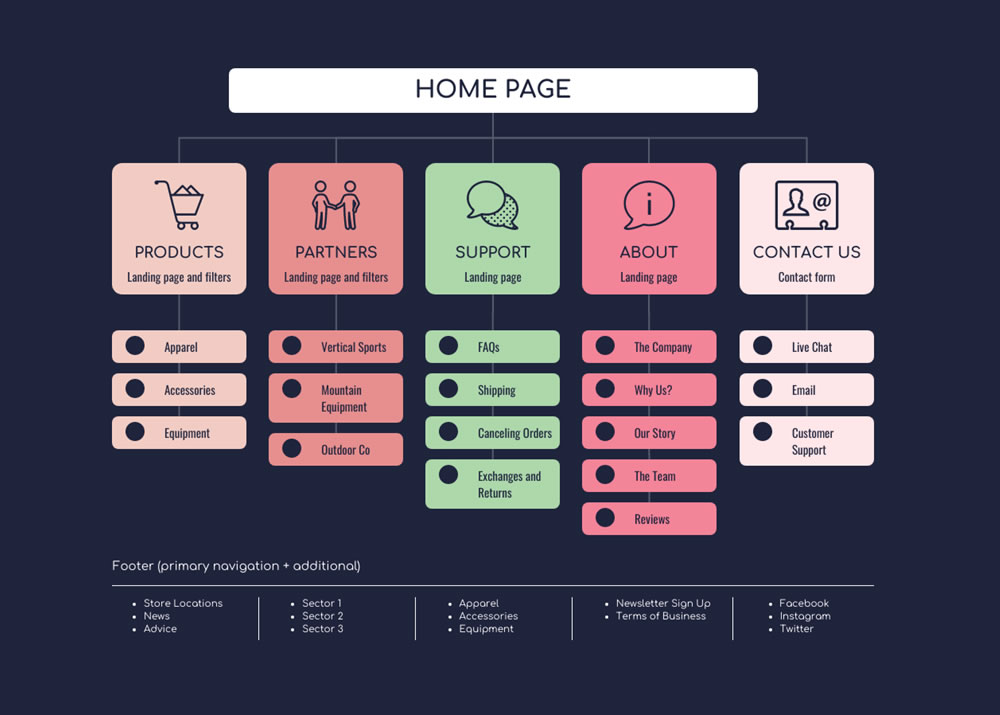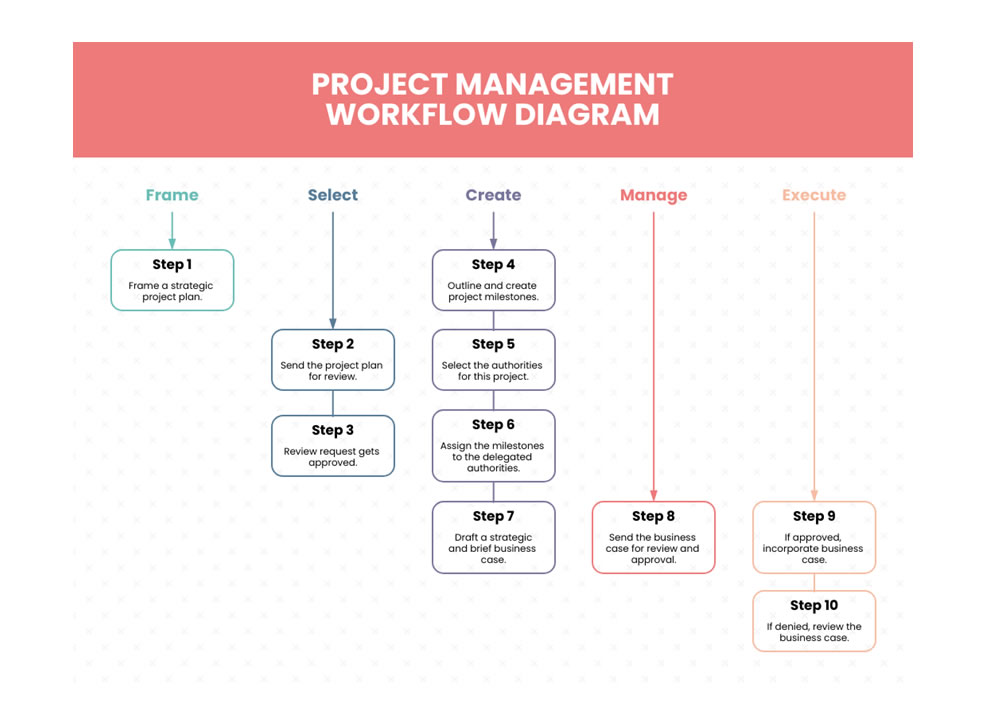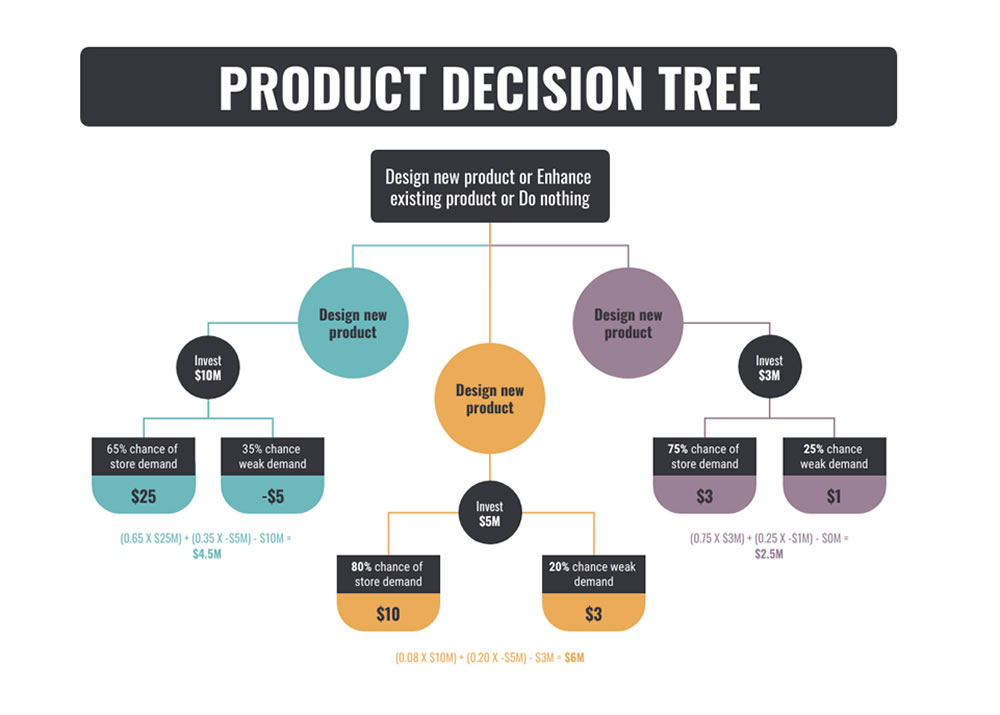When it comes to creating diagrams, there are some things you need to know in order to make them as clear and accurate as possible. Here are 10 of the most important ones.

#1 Diagrams Are Communication Tools.
When you create a diagram, it’s important to keep in mind that you are communicating with someone. This means that the quality of your communication will depend on how well your diagram is made. So, if you just want to get something across quickly and don’t care too much about accuracy or aesthetics, then go ahead and use stick figures.
#2 The Purpose Determines the Diagram Style.
Before you start drawing, spend some time thinking about what you want to communicate and who your audience is. Also, think about how much time and effort you are willing to invest in creating the diagram. These factors will determine the style of diagrams you should use and what type of drawing tools you will need.
#3 Stick To Standard Drawing Tools.
When it comes to tools, learning how to use the most basic ones is always the best idea. Stick with pens, markers, or pencils, and avoid using too many special effects when you draw. If you just stick to standard tools, it will be easier for people to understand what you mean.
#4 Practice Makes Perfect.
Even if your first few diagrams look like they were drawn by an amateur, don’t get discouraged. The more diagrams you draw, the better you will become at it. Remember, practice makes perfect!
#5 Don’t Forget Proportion and Perspective.
Creating a diagram involves drawing a multitude of objects in a certain space to convey a message. This requires you to pay attention to proportion and perspective so that your diagram will look realistic and believable.
#6 Create Consistent Representations of the Same Object.
When you draw several objects in a single diagram, make sure they all represent the same object. For example, if you draw different gears with varying numbers of teeth in one arrangement, then don’t turn around and create a whole new arrangement that includes the same gears, but this time with different numbers of teeth. Also, if you draw two similar objects in one diagram, make sure they look the same as each other.
#7 Minimize Lines.
The more lines you use to create a diagram, the less efficient it will be. Remember that an image is supposed to convey information through its marks, spaces, and forms. This means that if you want to create a clear diagram, make sure it is easy to look at. If you are not sure whether or not your diagram has too many lines, then ask yourself these questions: Is it easy to read? Can I clearly see what each object is?
#8 Don’t Overdo It with Text.
When you create a diagram, remember that most information should be conveyed through the image. Using too much text will only confuse your audience since there is already an image available. So, if you want to include explanatory text, then try to limit it to one or two sentences.
#9 Scale Your Diagrams Properly.
When you create a diagram, make sure it is drawn to the proper scale. This means including all the necessary measurements so that people will have an idea of how big or small your objects are compared to each other.
#10 Think About the Background.
Backgrounds in diagrams should be simple and easy to look at because they might distract from the focus of the image. If you want to, you can even choose not to include one at all.
If you’re not into drawing, the best way to make diagrams is to use Venngage — a free infographic maker that offers a wide range of diagram templates. Here are some diagram examples from their website!



There are several different styles of diagrams out there designed for different purposes and types of information. This is why it is so important to know how to create them properly. Remember that diagram making is an art form that requires patient practice and hard work. Just keep on drawing, and you will eventually get better at it. If you’re ready to make your own visuals, use an online diagram maker like Venngage. To start, click here.
